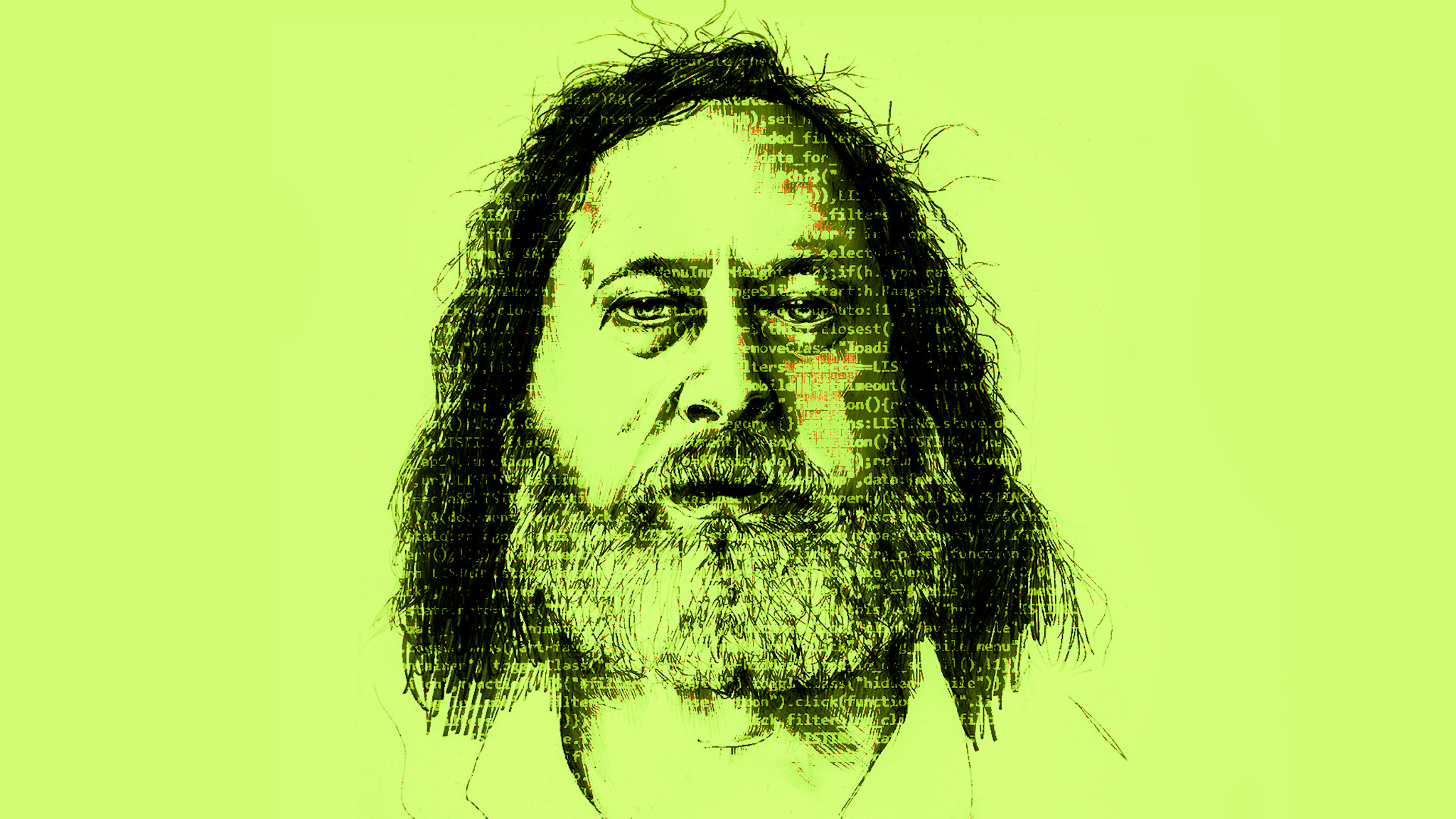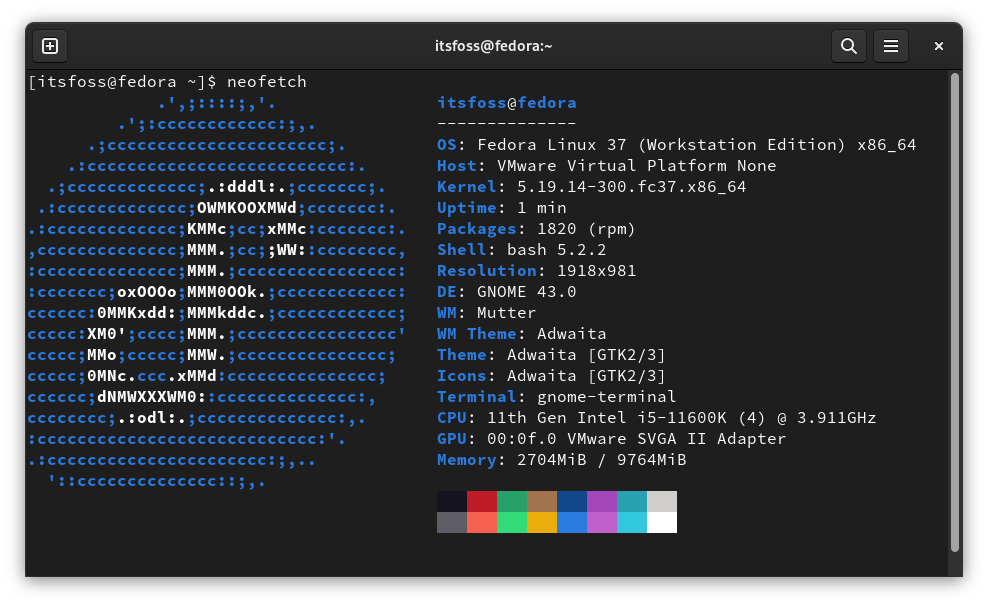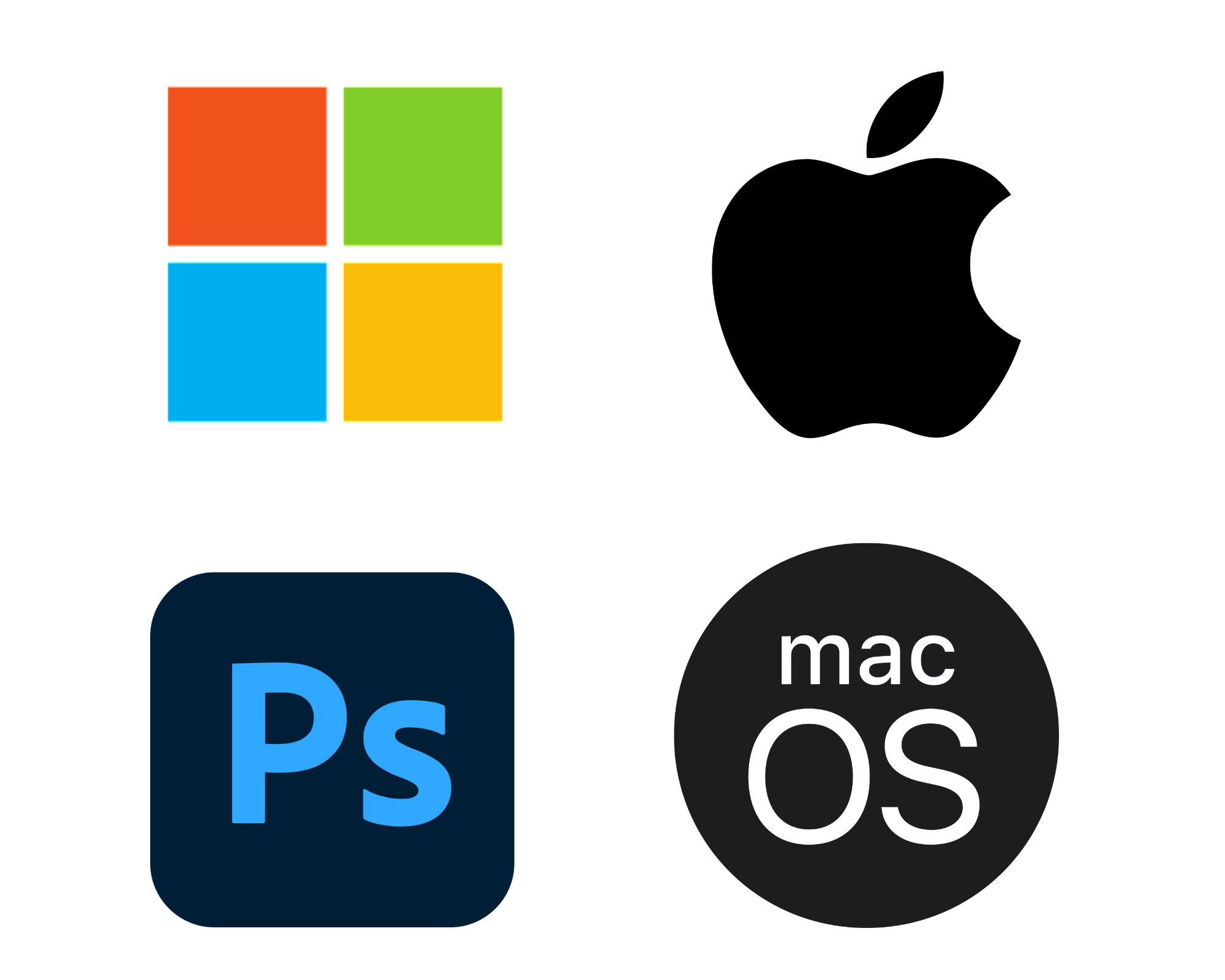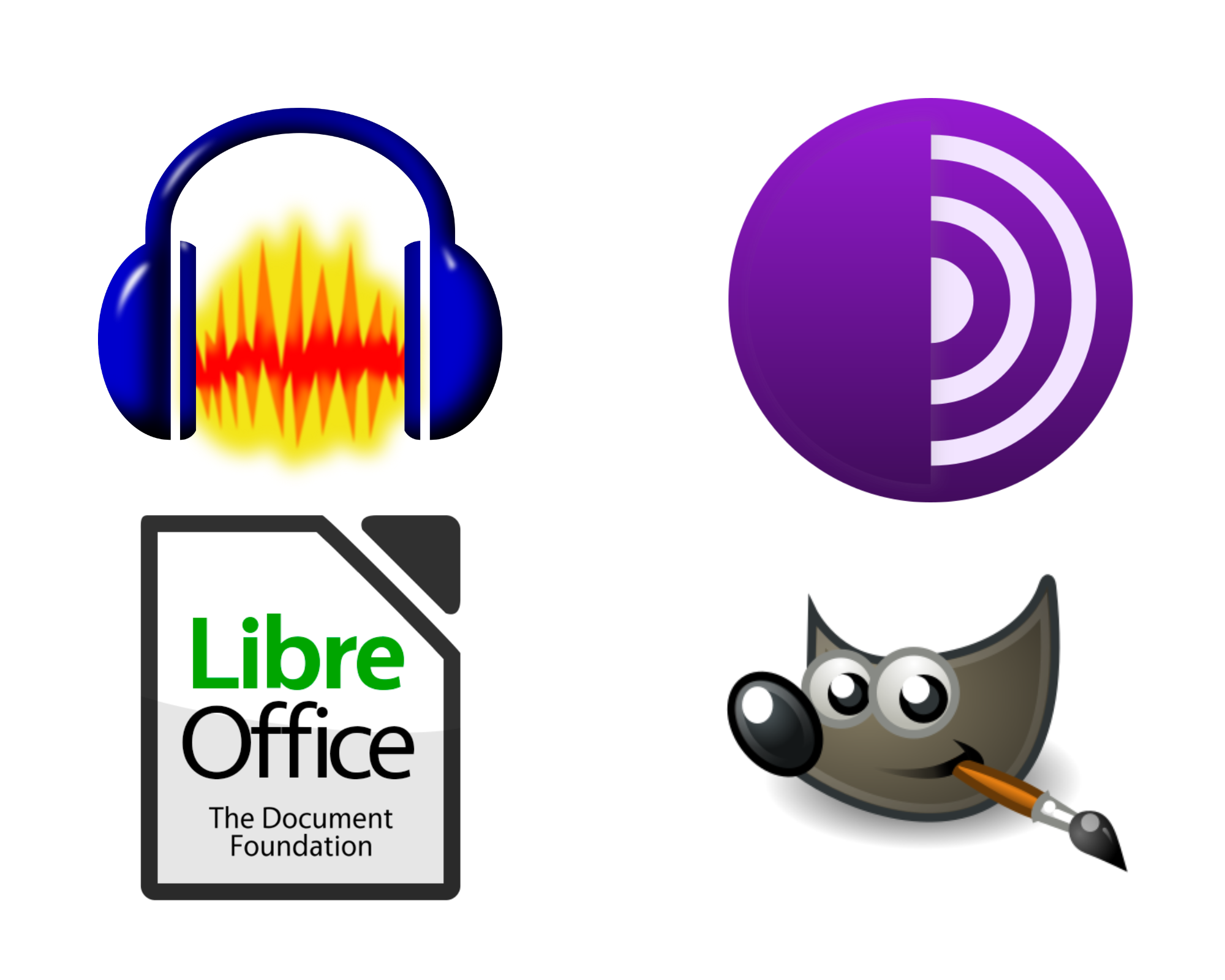History of its development
Free and open source software (FOSS) has a rich history, rooted in the early days of computing. In the 1950s and 60s, software was largely distributed as source code, allowing users to modify it to their needs. However, as computing became more commercialized, companies began to tightly control and license their software.
In the 1980s, Richard Stallman, a programmer at MIT, began to advocate for free software, which he defined as software that gives users the freedom to run, copy, distribute, study, change, and improve the software. In 1983, he founded the Free Software Foundation, which developed the GNU operating system and several other essential software programs.
In the 1990s, the concept of open source software began to emerge, spearheaded by the Linux operating system. Linux was developed by Linus Torvalds in 1991, and its source code was made available to the public. This allowed other developers to contribute to its development, resulting in a robust and widely-used operating system.
The open source movement gained momentum in the late 1990s and early 2000s, with the founding of the Open Source Initiative in 1998 and the release of the Mozilla browser in 2002. As more and more software projects were released under open source licenses, the benefits of collaborative development and community-driven innovation became increasingly apparent.
Today, free and open source software is used in a wide variety of applications, from web servers to scientific research to mobile devices. FOSS has become an important component of the digital infrastructure, with many organizations and governments recognizing its value and promoting its use.
Overall, the history of free and open source software is one of a grassroots movement of programmers and enthusiasts working to promote the values of freedom, collaboration, and innovation. While FOSS may not be suitable for every application or organization, its success and impact cannot be denied.





